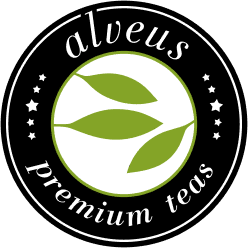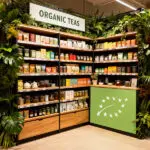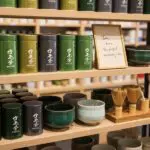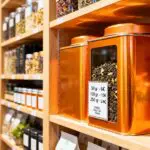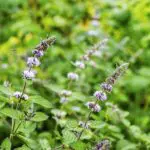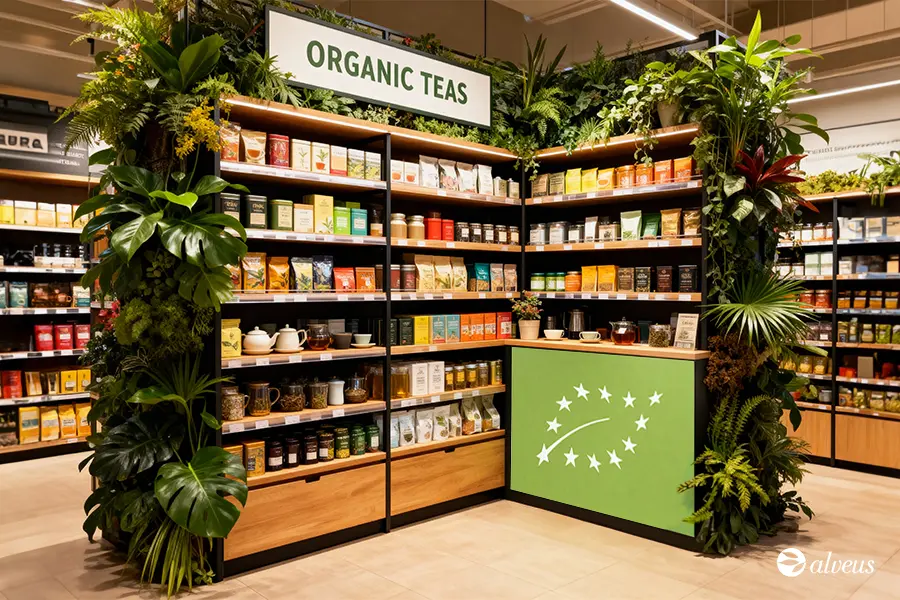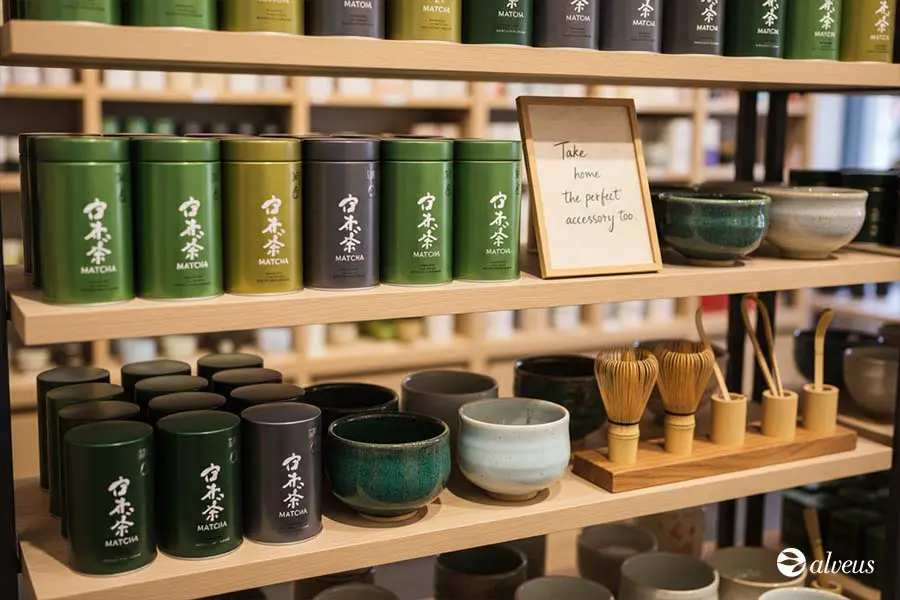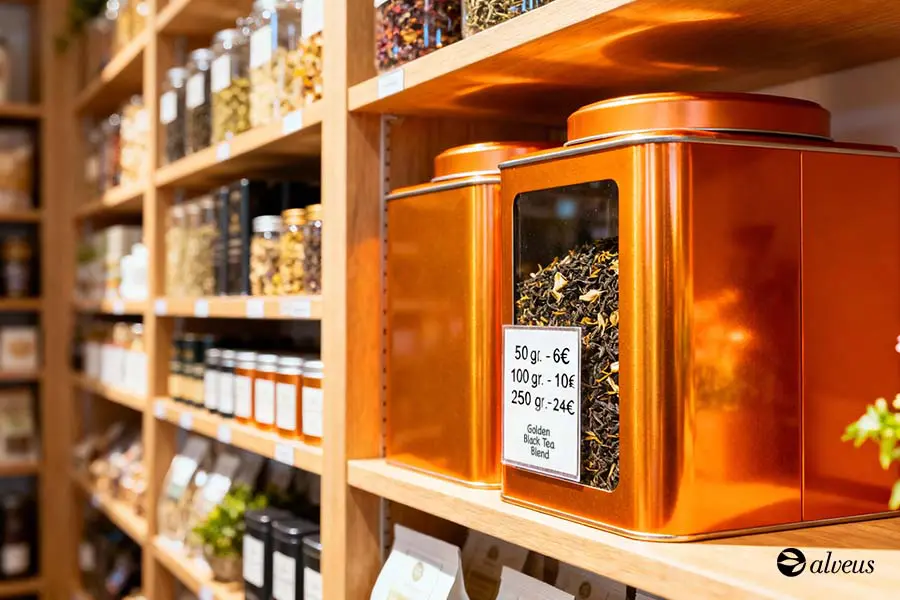You’re likely familiar with turmeric, and many of your customers may ask about it in your shop. This root is trending as a symbol of healthy living, thanks to its distinctive and delicious flavour.
Not yet in your catalogue? After reading this post, you’ll recognise its value—whether as a spice or as an ingredient in a delightful tea or herbal blend—and be eager to include it in your offerings.
What is turmeric?
Turmeric (Curcuma longa), also known as domestic turmeric, is a perennial herb in the ginger family (Zingiberaceae) native to the Indian subcontinent and Southeast Asia.
Its rhizome, vibrantly golden-orange, has been used for centuries as a natural dye, culinary spice, and in traditional medicine systems such as Ayurveda, traditional Chinese medicine, Unani, and in ritual practices in Austronesian and Southeast Asian cultures.
History of turmeric’s use
Turmeric is among the oldest ingredients employed by humankind. Archaeological findings confirm its use in the Indus Valley civilisation (2600–2200 BCE), as well as its inclusion in ancient Egyptian tombs of the second millennium BCE.
In India, turmeric was used not only as food but also in religious contexts: Buddhist monks and Hindu priests used it to dye their robes.
In the Philippines, Indonesia, and other Austronesian regions, it was used as body dye, in animist rituals, and as a medicinal and culinary resource.
From Southeast Asia, turmeric travelled with Austronesian peoples across the Pacific, reaching even Madagascar and Micronesia, so valued that it formed part of maritime trade networks.
Cultivation and botanical characteristics of turmeric
It thrives in tropical climates, well-drained soils, and temperatures between 20–30 °C. The large leaves can reach up to a metre in length, and its bright yellow flowers grow in spikes emerging directly from the false stem.
In tropical Asia—such as India and Thailand—multiple Curcuma species are grown, though Curcuma longa is the one most widely used as “turmeric” in culinary and herbal contexts.
Traditional culinary uses of turmeric

Turmeric powder—with its warm, slightly bitter flavour—is essential in many Asian kitchens, especially in blends like curry.
Used in both savoury dishes and sweets—such as the Lebanese sfouf cake—it also features in functional beverages like the “golden milk” (turmeric latte).
In India, fresh turmeric leaves are used to prepare traditional sweets, and in countries like Vietnam, Thailand, Iran, and South Africa, it adds colour and aroma to soups, rice dishes, and stews.
In many areas, it’s also been used as a natural dye for textiles and food—an economical substitute for saffron.
Traditional medicinal uses

In Ayurvedic and Chinese medicine, turmeric has been valued for centuries. Traditionally, it has been used to support digestion, aid liver function, soothe irritated skin, and as part of pre-wedding purification rituals, such as the Haldi ceremony in India.
In many South Asian cultures, it was applied topically, ingested as decoctions, or combined with black pepper as part of daily diets.
In countries such as Japan and China, it was used to support inflammatory processes and enhance circulation.
Turmeric in tea and herbal blends
Turmeric brings more than its golden hue to herbal teas and blends.
Its inclusion in blends is booming, for its unique sensory profile and its perceived value among consumers seeking comforting, natural, caffeine‑free infusions.
What does turmeric bring to tea blends?
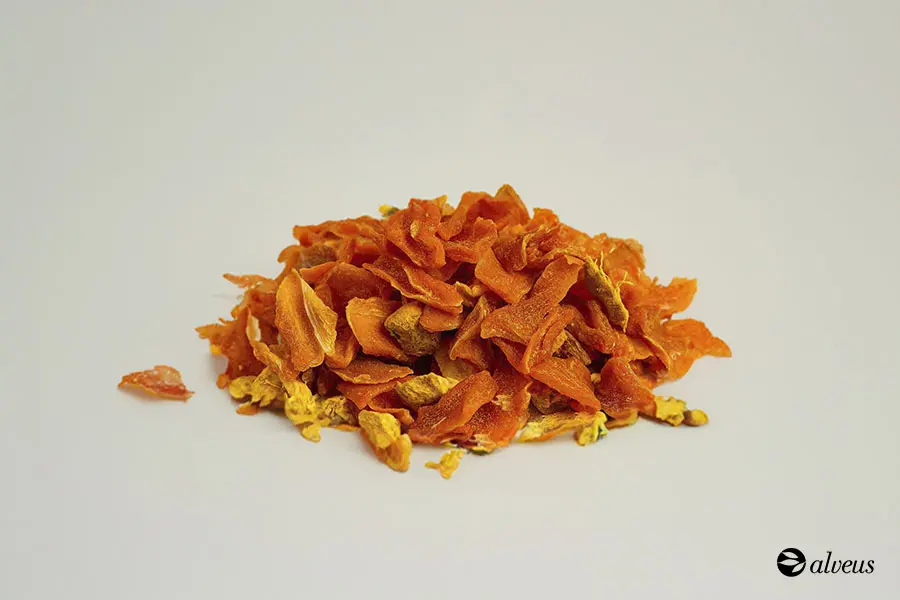
Aromatic profile and warm flavour
Turmeric tastes earthy, mildly bitter, and spicy, with notes reminiscent of mustard and ginger. This warm base bridges spiced, citrus, and sweet ingredients in both relaxing and stimulating or cleansing blends.
Colour and visual appeal
It imparts an intense yellow‑orange tint to the infusion—creating a striking golden appearance.
This visual element is especially prized in loose‑leaf or premium blend lines, as it piques curiosity and conveys a healthy‑looking infusion.
“Traditional and emotional” values
Though it can’t be marketed with medical claims, turmeric is culturally associated with wellness, especially digestive comfort and vitality.
This makes it a perfect ingredient for product storytelling and marketing.
Synergy with other herbs and spices
It pairs especially well with:
- Ginger and cinnamon in Ayurvedic‑style blends.
- Liquorice, rooibos, or orange peel for sweet, rounded notes.
- Black pepper, which enhances both flavour and bioavailability.
- Lemongrass, chamomile, or fennel in digestive or relaxing blends.
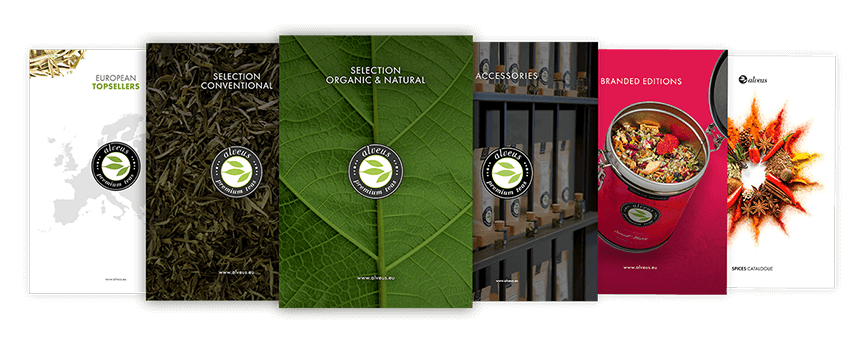
Professional recommendations for tea blending
If you’re creating a turmeric‑infused blend, these tips may help:
- Dosage: 5–15% of the blend’s total weight, depending on the desired aromatic impact.
- Recommended format: Coarse powder or crushed root pieces (not finely ground)—easier to blend visually and avoids excessive cloudiness.
- Seasonality: Works excellently in autumn/winter lines, though it can also be included in citrus‑forward spring/summer combinations.
Phytochemical composition of turmeric
The most studied compound in turmeric is curcumin, a polyphenol responsible for its signature intense yellow colour.
Other important constituents include:
- Bitter compounds
- Resins
- Dietary fibre
- Small amounts of vitamins and minerals
Scientific research areas
While there is no conclusive clinical evidence supporting direct therapeutic benefits of curcumin in humans, research has explored its use in areas such as:
- Inflammatory mechanisms
- Hepatic and bile metabolism
- Digestive health (flatulence, slow digestion)
- Maintaining healthy cholesterol levels
Other studies are investigating its complementary role in joint discomfort, skin conditions, and sports recovery routines.
¿Tienes un negocio de venta de té y/o de especias?
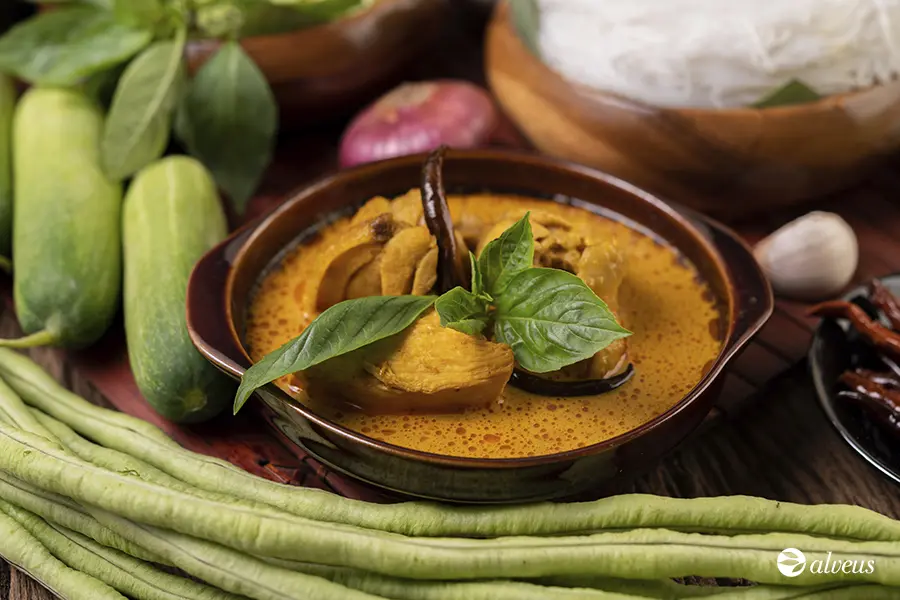
Turmeric is an attractive ingredient to “brighten up” your tea, infusion, or spice business.
As you’ve seen, it has a distinctive sensory profile and is popular for its traditional wellness associations; a “self‑selling” product.
You can incorporate it into your business as:
- A standalone ingredient to season dishes, infusions, or to make the famed golden milk.
- A component in Ayurvedic herbal teas or infusions.
- A turmeric‑based spice blend: curry, turmeric salt, Ras el Hanout, etc.
Embrace turmeric’s many benefits and bathe your business in golden colour!
